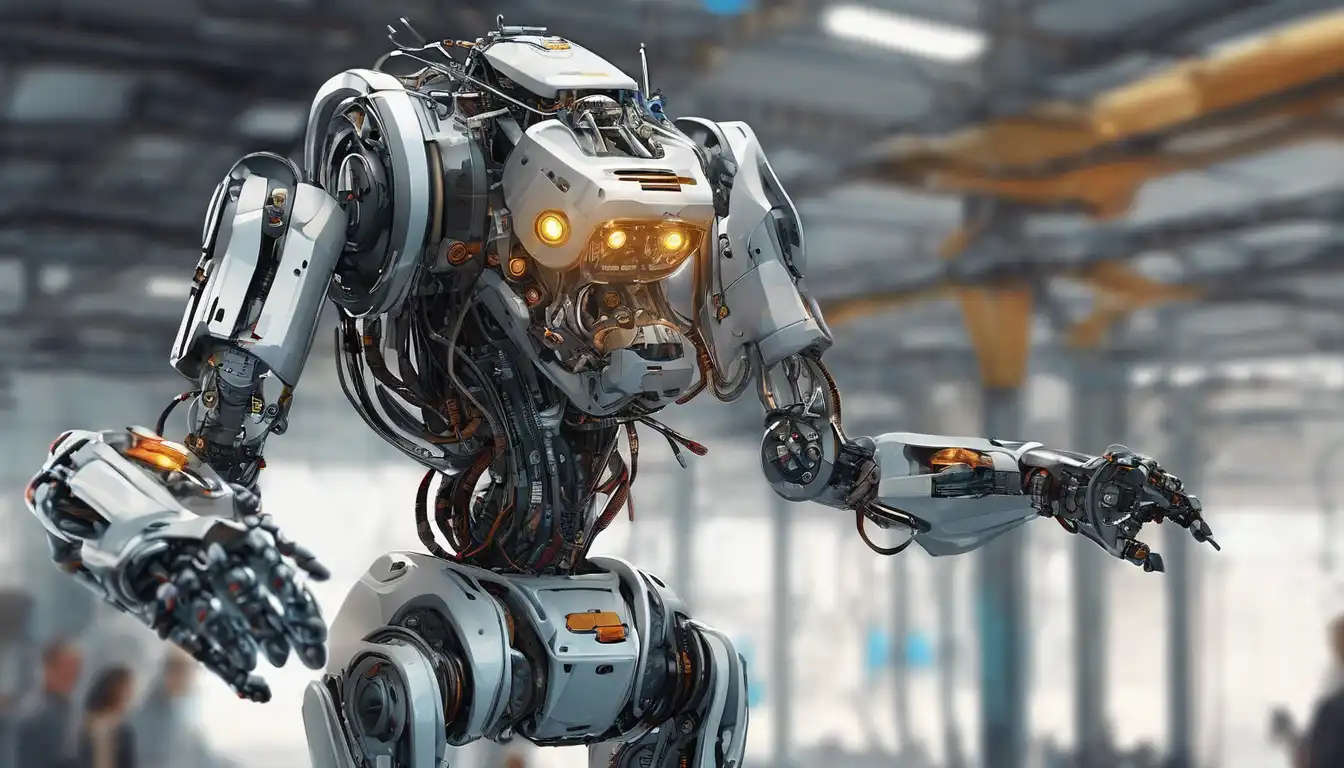Introduction to Robotics
Robotics represents a fascinating blend of technology and innovation, pushing the boundaries of what's possible in automation, artificial intelligence (AI), and beyond. This field is not just about creating machines that can perform tasks; it's about reimagining the future of work, life, and interaction between humans and machines.
The Evolution of Robotics
From the earliest mechanical automata to today's advanced AI-driven robots, the journey of robotics has been marked by groundbreaking innovations. Each era has brought us closer to creating machines that can think, learn, and adapt in ways that were once the realm of science fiction.
Key Technologies Driving Robotics Forward
- Artificial Intelligence (AI): The brain behind the operation, enabling robots to process information and make decisions.
- Machine Learning: Allows robots to learn from experiences and improve over time.
- Computer Vision: Gives robots the ability to see and interpret the world around them.
- Sensor Technology: Provides the data necessary for robots to interact with their environment effectively.
Applications of Robotics in Today's World
Robotics has found applications in virtually every sector, from manufacturing and healthcare to entertainment and education. In manufacturing, robots increase efficiency and safety. In healthcare, they assist in surgeries and patient care. The possibilities are endless, and the impact is profound.
The Future of Robotics
As technology continues to evolve, so too will the capabilities of robots. We're on the cusp of seeing robots that can collaborate with humans more seamlessly, perform more complex tasks, and even exhibit creativity. The intersection of robotics with other emerging technologies like the Internet of Things (IoT) and blockchain promises to unlock even more potential.
Challenges and Ethical Considerations
Despite the exciting advancements, robotics also presents challenges, including job displacement, privacy concerns, and ethical dilemmas. Addressing these issues requires thoughtful discussion and regulation to ensure that the benefits of robotics are realized without unintended consequences.
Conclusion
Robotics stands at the intersection of technology and innovation, offering a glimpse into a future where machines and humans collaborate in ways we're just beginning to imagine. As we continue to explore this frontier, the potential for positive change is immense, provided we navigate the challenges with care and consideration.
